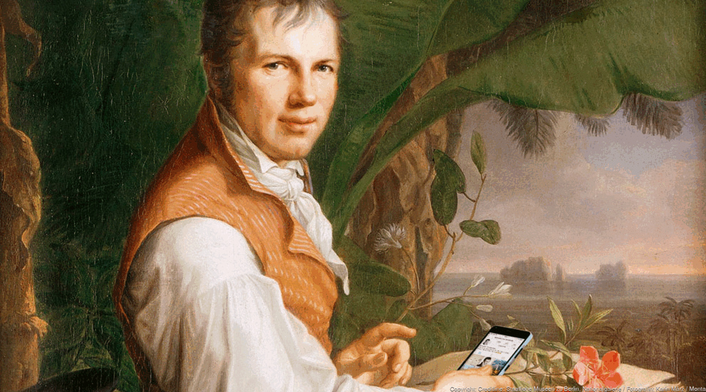Humboldt Portrait Analysis

Humboldt Portrait, Adaptation Slope & Aspect
The Humboldt portrait portrays great various topographical characteristics of the mountain and tends to display a true appearance of a natural environment. It clearly illustrated the various plant organisms that can be found on a mountain side. The picture also shows a real landscape appearance showing the growth of plants being depicted as natural as possible. It portrays a reflection of unity, interconnectedness and diversity nature. The technique is able to depict the elevation of various plant species so that they can be recognized from the picture and their growth patterns can be identified. The Humboldt portrait clearly shows the interdependences between plant species and animal species. Writers who offer arts & architecture assignment help at Edudorm essay writing service notes that the topography of the picture portrays the aspects of the weather which is normally found near mountains to support the life of the organisms depicted. The illustration also shows that no organism that can be understood in isolation with other kinds of organism. The interdependence is thus illustrated between animals, human, plants and the landscape environment.
The Humboldt portrait should show various slope angles so that other phenomena that changes with the change in the in the angle can be analyzed. The picture should also have a close range of view so that the presence of major plants such as those in the high attitude can be observed. Experts who offer architecture dissertation help at Edudorm essay writing service indicates that the shading of the Humboldt portrait should be more intense to show the topography profile and the distribution of such aspects as soils on the various slopes. This would enable one to notice the top climate of the region and further shading would help in identifying sloppy areas where only certain species of plants can be found (Grime, Hodgson & Hunt, 1989). This would add more information to the diagram.
References
Alexander von Humboldt (2015): “Everything is interconnected.” Humboldt’s Plant Geography.
Grime, J. P., Hodgson, J., & Hunt, R. (1989). Comparative plant ecology: A functional approach to common British species. Springer-Science plus Business Media, 102


